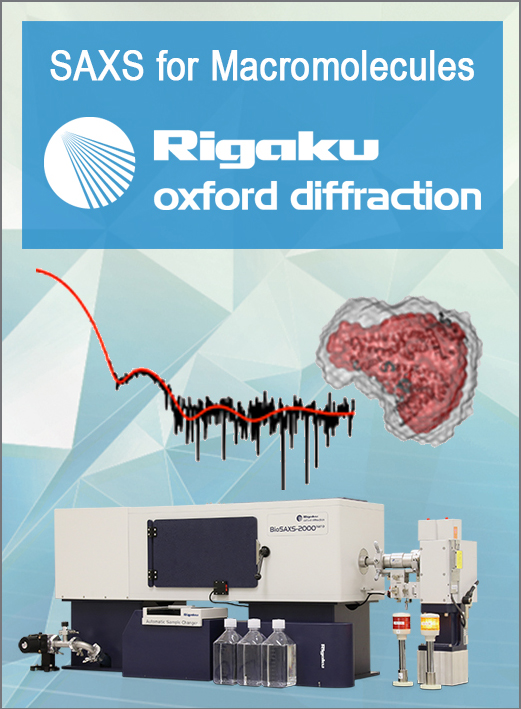


IUCr journals news
Special issue on Advanced neutron scattering
![JAC neutron [JAC neutron]](https://www.iucr.org/__data/assets/image/0004/136903/JAC-neutron.png)
Neutron scattering facilities are called to address an ever-expanding mission in the investigation, development and use of a broad range of materials: from investigating cultural heritage artifacts to advanced bio-materials, from studies of phase transitions and quantum matter to advanced engineering composites for aircraft. This breadth of applications, together with the complex problems they present for making scientific and technical progress, are key drivers for new advanced neutron sources and novel instrumentation that covers an enormously broad scale in both time and space.
These challenges must be met by neutron user facilities within a rapidly changing landscape, and there are significant investments under way in both neutron sources and instrumentation. Some of these developments are highlighted within a new virtual special issue of Journal of Applied Crystallography (https://journals.iucr.org/special_issues/2018/ansi/). Europe is constructing the European Spallation Source (ESS), an investment of over two billion USD that is rapidly rising from the ground in Lund, Sweden; the US Department of Energy is investing in the Spallation Neutron Source (SNS) to double its proton beam power on target from 1.4 to 2.8 MW. Both the spallation source at JPARC, Japan, and the SNS are advancing plans for additional target stations. The Institut Laue–Langevin (ILL) is currently executing phase one of its Endurance instrument upgrade program. Both ANSTO's Australian Centre for Neutron Scattering (ACNS) in Sydney, Australia, and the Maier-Leibnitz Zentrum (MLZ) in Munich, Germany, are making significant investments in instrumentation technology and instruments to meet rising user demands.
Within these exciting developments, this special issue on advanced neutron scattering instrumentation highlights some of the innovative advances in neutron scattering instrumentation at facilities around the world that address a broad scientific and industrial scope of applications. The special issue provides us with an opportunity to take a glimpse on a global scale at some of the exciting developments in source and instrument-suite design, high-performance instrumentation, and software. These developments are enabling new opportunities for science discovery through technologies such as detectors, sample environments and data acquisition advances.
This is an edited version of the full foreword to the special issue: Argyriou, D.N. & Allen, A. (2018). J. Appl. Cryst. 51, 567-569.
Copyright © - All Rights Reserved - International Union of Crystallography




